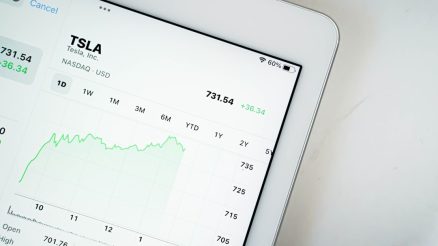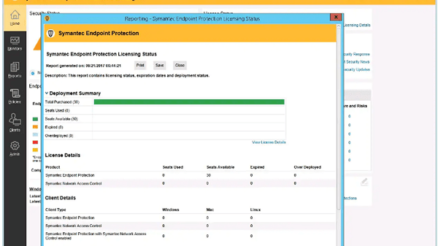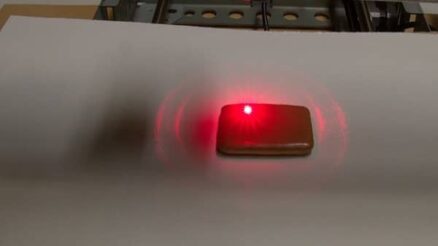Dividends might sound fancy, but they’re pretty simple. They’re like a “thank you” payment from a company to its shareholders. If you own stock in a company, you might get a little extra cash every so often. That’s your dividend!
But what happens on the company’s balance sheet when dividends are paid? Great question! Let’s break it down step by step — and have a little fun while we’re at it.
So, what is a balance sheet, anyway?
The balance sheet is like a financial snapshot. It shows what a company owns and owes at a certain moment.
There are three main parts:
- Assets – everything the company owns (like cash, buildings, and inventory).
- Liabilities – everything the company owes (like loans and bills).
- Equity – what’s left for the owners after debts are paid.
The basic balance sheet formula is:
Assets = Liabilities + Equity
Now, back to dividends!
When a company decides to pay dividends, it usually follows a few steps. Here’s how each step affects the balance sheet.
Step 1: Declaring the Dividend
The board of directors gets together and says, “Let’s share some profits!” This is called declaring a dividend. On this date, something actually happens on the balance sheet.
- Retained Earnings (part of equity) goes down.
- Dividends Payable (a liability) goes up.
Why? Because the company now owes money to its shareholders. It hasn’t paid yet, but it’s made a promise.
[ai-img]dividends, accounting, financials, shareholders[/ai-img]
Imagine you promise your friend you’ll buy them lunch. You haven’t spent any money yet, but you still owe them something. That’s kind of how it works with dividends payable.
Step 2: Paying the Dividend
The company finally sends out the money. Yay, payday!
- Cash (an asset) goes down.
- Dividends Payable (a liability) goes down.
The promise has been fulfilled. No debt, no sweat.
So, what’s the big impact?
Dividends affect two parts of the balance sheet:
- They reduce cash (assets).
- They reduce retained earnings (equity).
Less cash. Less equity. But liabilities return to normal once the dividend is paid.
[ai-img]balance sheet, money, finance basics[/ai-img]
Think of it like this: the company is handing out part of its savings to owners. It doesn’t affect sales or expenses. It’s just a shift in where the money sits.
Are dividends good or bad?
It depends on your viewpoint!
- If you’re a shareholder: Dividends = $$ in your pocket. Hooray!
- If you’re looking at the balance sheet: The company has less cash and lower equity. That might worry some investors if it happens too often.
But regular dividends can also be a sign the company is strong and making steady profits.
A Quick Example
Let’s say BrightStar Inc. has $1,000,000 in retained earnings. It declares a $100,000 dividend.
- Before payment:
- Retained Earnings: $900,000
- Dividends Payable: $100,000
- After payment:
- Cash: Decreases by $100,000
- Dividends Payable: Back to $0
Now the balance sheet is updated, and shareholders are happy!
Final Thoughts
Dividends make shareholders smile, but they shrink the company’s piggy bank. So, companies have to find the right balance.
Too many dividends? They might run low on cash. Too few? Shareholders might look elsewhere.
It’s all about smart money management. So the next time you get a dividend payment, remember — it’s not just cash… it’s accounting magic!





